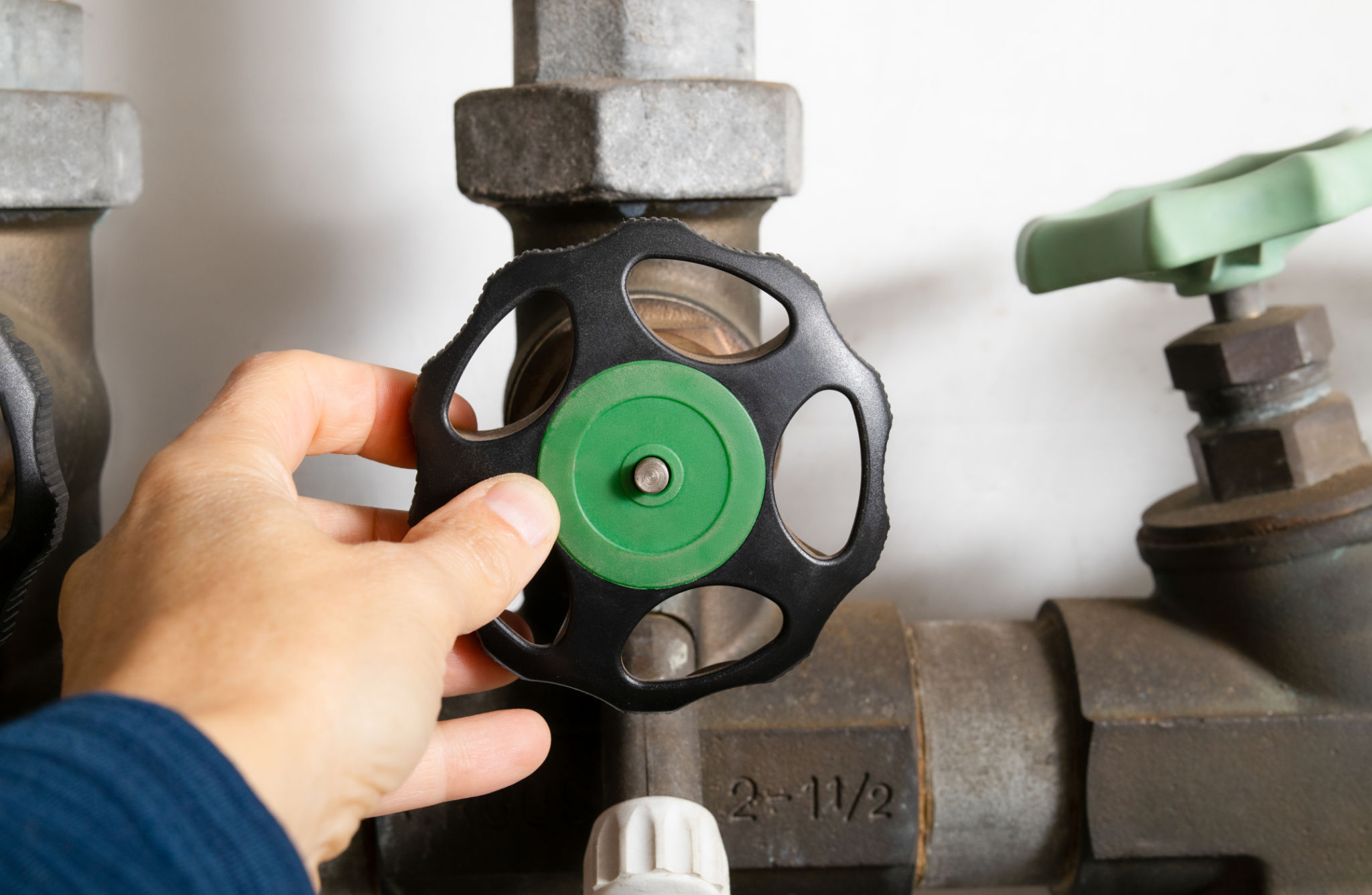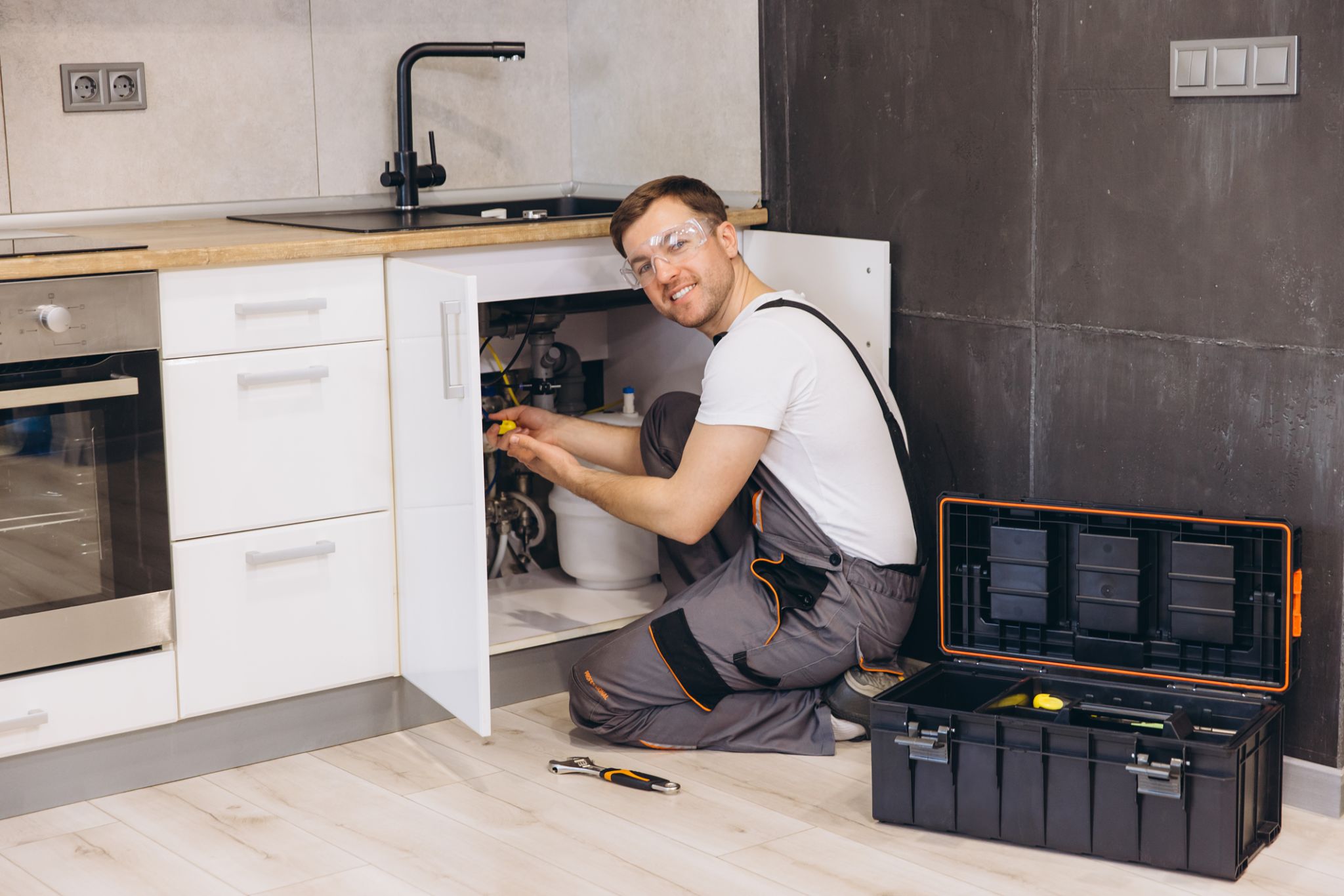Common Backflow Problems and How to Prevent Them
Understanding Backflow
Backflow is a common plumbing issue that arises when water flows in the reverse direction within a plumbing system. This can lead to contamination of clean water supply lines, posing health risks and potential damage to property. Understanding the causes and prevention of backflow is crucial for homeowners and businesses alike.

Common Causes of Backflow
Several factors contribute to backflow, with the most prevalent being changes in water pressure. These changes can occur due to various reasons, such as a burst pipe or an increase in water usage during peak hours. Additionally, improper installation of plumbing fixtures can also result in backflow issues.
Other causes include cross-connections, where the potable water supply is directly connected to a non-potable source. This can create a pathway for contaminants to enter the clean water system, leading to potential health hazards.
Types of Backflow
There are two primary types of backflow: backpressure and backsiphonage. Backpressure occurs when the pressure in the downstream piping exceeds the pressure in the supply line, often due to pumps or thermal expansion. Backsiphonage, on the other hand, is caused by negative pressure in the supply line, similar to a vacuum effect.

Preventive Measures for Backflow
Preventing backflow is essential for maintaining the integrity of your water supply. One effective measure is the installation of backflow prevention devices, such as air gaps, reduced pressure zone devices (RPZs), and double check valves. These devices help ensure that water flows in the correct direction and contaminants are kept out of the clean water supply.
Regular maintenance and inspection of plumbing systems are also crucial. Property owners should schedule annual inspections with qualified professionals to identify potential issues early and ensure that all preventive devices are functioning correctly.
Regulatory Compliance
Many local and national regulations require properties to have adequate backflow prevention measures in place. Compliance with these regulations not only helps prevent contamination but also avoids potential fines and legal issues. Staying informed about local codes and standards is essential for property owners and managers.

Choosing the Right Professional
When dealing with backflow prevention, it's important to work with licensed and experienced professionals. They can provide expert advice on the most suitable devices for your specific needs and ensure proper installation. Additionally, they can conduct regular maintenance checks to keep your plumbing system in optimal condition.
In conclusion, understanding and preventing backflow is vital for safeguarding your water supply from contamination. By being proactive with preventive measures and working with qualified professionals, you can effectively protect your property and health.